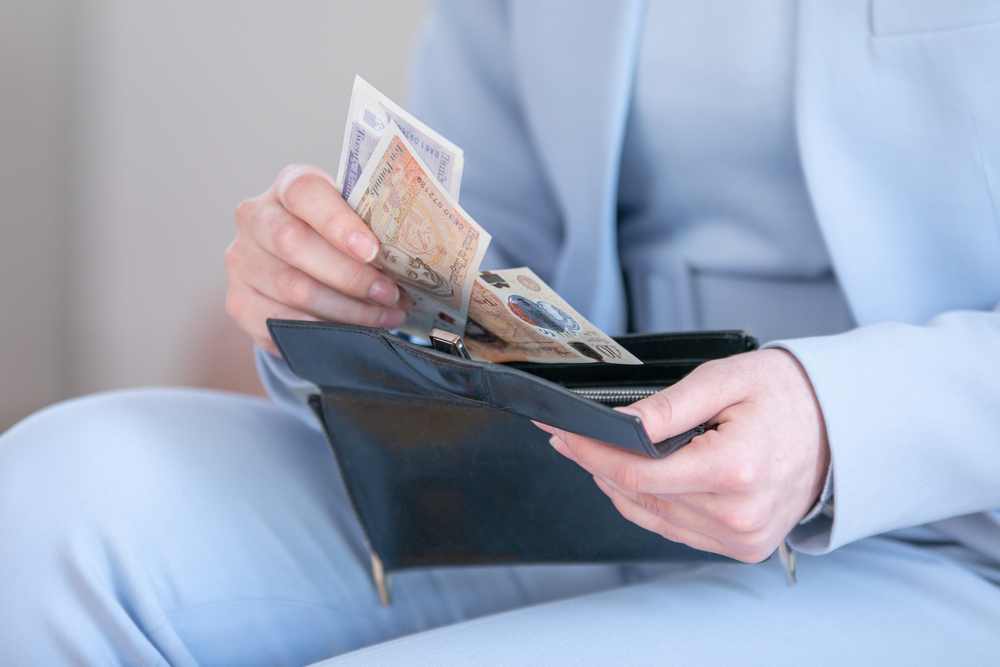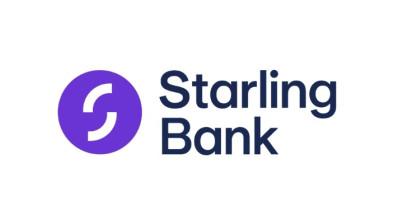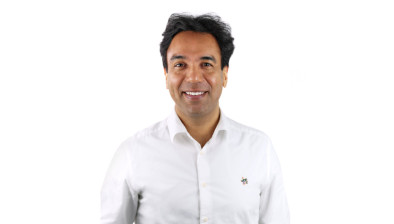Make Money Equal campaign urges change to the way women are pictured with money

A report has found that there are stark inequalities in how women and men are represented with money in visual media.
The report by Brunel University and Starling Bank, is part of the #MAKEMONEYEQUAL campaign, which began three years ago.
In a study of 600 of the most popular photographs of women/men and finance across three leading image libraries, women are frequently depicted as childlike compared to men, while many types of women are not shown at all. A Google image search found each of these images appears on up to 180 websites, demonstrating how widely used the existing stock photography is.
The researchers believe that this representation carries genuine consequences, not only negatively impacting how women are treated when it comes to finance, but also how they feel about themselves and their capabilities with money.
Infantilisation
Across the study, women are nearly four times as likely to be depicted as childlike with their money compared to men (15% compared to 4%), rising to more than half of images (52%) when looking at the ‘women and money’ search term specifically. This infantilisation is most evident in images of women enthusiastically placing their money in, or even hugging, piggy banks or savings jars (in 24% of images of women, compared to 8% for men).
Men are mostly shown with notes (53% compared to 44%), while women are more likely to be pictured with coins, often pennies (25% compared to 13%). This photography, together with the piggy banks, was considered by researchers to indicate that saving is typically seen as a woman’s role, and mostly in small amounts.
Men, by contrast, are usually counting or even showing off with their money (e.g. fanning out cash), and are more likely than women to be socialising with other people where they are handling notes (19% compared to 4%). In contrast, women are by themselves in 92% of images, not only reinforcing the concept of women as savers rather than spenders, but also that money is a private matter, perhaps because women are perceived to lack agency.
Women are also rarely portrayed as the decision makers, and instead are frequently passive bystanders. It’s men who are signing documents and shaking hands, while women watch on. Perhaps counter-intuitively, researchers also highlight that there aren’t many images of women looking stressed or concerned about their finances (1.3% of women look very worried compared to 9% of men), implying that they are not in charge of the finances and thus have little to worry about.
Clothes and objects
Images of men were more likely to include suits (24%, compared to 0% of women), as well as watches, and also glasses (48% compared to 31%) – which can all act as signifiers of seriousness and intelligence. Women are twice as likely as men to be pictured with a hot drink (16% compared to 8%) and potted plants (15% compared to 7%), which are symbolic of homeliness and leisure rather than business. Interestingly, when men are shown with a plant, it’s often a mini-cactus. Men are also more likely to be seen engaging with a technological device such as a computer or tablet (65% compared to 41%).
Missing Women
People who are typically missing in media imagery are also absent when it comes to money matters. Analysis shows that women with visible disabilities, wearing headscarves, with tattoos, who are overweight, or in a same-sex relationship were rarely captured. Few of the women depicted were over the age of 40, with searches for ‘women and money’ four times more likely to use young models than with ‘men and money’ (29% compared to 7%). Grey or white hair was especially rare, only appearing in 1% of women pictured, compared to 5% of men (ONS reveals 18% of the population are over 65).
Ethnicity, for women at least, was found to be fairly balanced, however when looking at the images of ‘men and loans’ there was a clear lack of black men.
The #MakeMoneyEqual Image Library
To help improve the representation of women, Starling Bank has teamed up with Lensi Photography to create a new image library of 100 photographs that better represents women and money according to the report findings.
The images feature a number of different settings and women, including: a grey-haired mother with her deaf adult daughter and her daughter’s girlfriend, a professional in a headscarf in an office setting, a young family with the mum signing documents as if buying a house, and a tattooed small business owner.
Anne Boden, founder and CEO of Starling Bank, said: “We began our Make Money Equal campaign three years ago, looking at the discrepancy in the language used when women and men are spoken to about money in the media.
“Today, we’re looking at the imagery that is used on thousands of websites and in printed media which has revealed some very stark inequalities in how women are represented with money compared to men.
She continued: “Financial inequality doesn’t end with the wage gap – it’s all around us in the images we consume, often subconsciously, every day. That needs to change. Too often women are pictured like children with tiny amounts of money.
“We need fewer piggy banks and pennies, more instances of women taking the lead, and greater diversity overall. That’s why we’ve created a new image library of free, rights-free photography that addresses some of the most common issues and should move us a little bit closer to financial equality in visual media.”
Professor Shireen Kanji from Brunel University, co-author of the report, commented: “Our analysis revealed clear differences in how men and women are represented with money, as well as a general lack of diversity.
“These depictions really matter. They negatively affect not only how people are treated, but also how they feel about themselves in terms of money, which is typically used to symbolise power, influence and freedom.”








